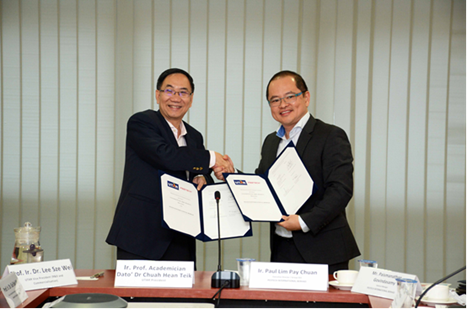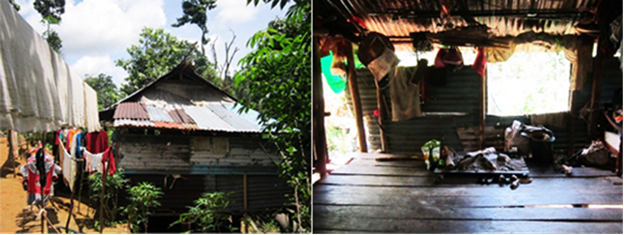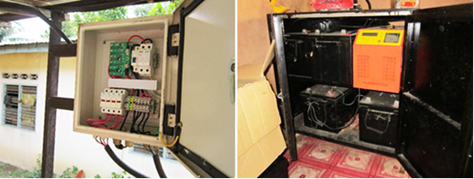Activities Report
| UTAR and Pestech International Berhad MoU Signing |
|---|
Date: 13 September 2017.
|
| Planning Of Micro Power Systems For Indigenous Community |
|---|
Collabaration: UTAR and University of Malaya (UM) A research team, formed by UTAR and University of Malaya (UM), visited three indigenous villages located at Lenggong, Perak, namely Kampung Lawin Selatan, Kampung Sungai Karah, and Kampung Lubok Chupak, from 7 October 2017 to 8 October 2017.
Upon surveying the surrounding of the village, the research team found a high streamflow river nearby that has the potential for micro hydro generation. However, the installation of hydro power plant was too expensive and was not economically feasible. After considering the reliability and the cost, the researchers opt for the solar power generation instead, as it was an easier option to keep the solar-powered system going and more affordable. Several potential sites have been identified for the installation of solar PV panels in the village. The second visit was at Kampung Sungai Karah, where the living condition of the villagers was more manageable compared to the previous village. The villagers sustained themselves through their own plantation and fish farm. The local government has also built four concrete houses and a multi-purpose hall for the villagers. However, there was no access to electricity for these houses; but the village still has rooftops that could benefit from solar installations. The last visit, Kampung Lubok Chupak, was the most developed indigenous village. The road to the village was fully laid by tar and its condition was significantly better than the other two villages. The local government has built 15 concrete houses that are equipped with solar PV system with batteries for the villagers. Unfortunately, most of the PV systems were no longer functioning. When asked, Dr Chua said, “The three villages have one common issue—lack of electricity and education. These villages are located in a very remote area and the children who live there have no chance to go to school. They are living in energy poverty and they really need help to establish the electricity to improve the quality of their lives. With the electricity supply, they can carry out some economic activities at night. The children can also study during the night time.” |







